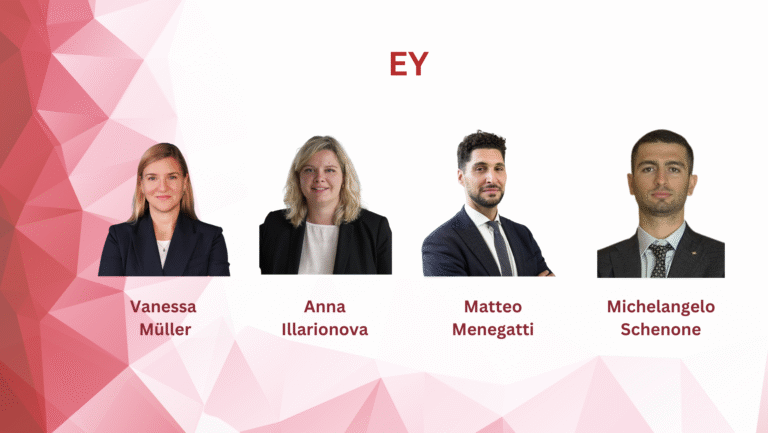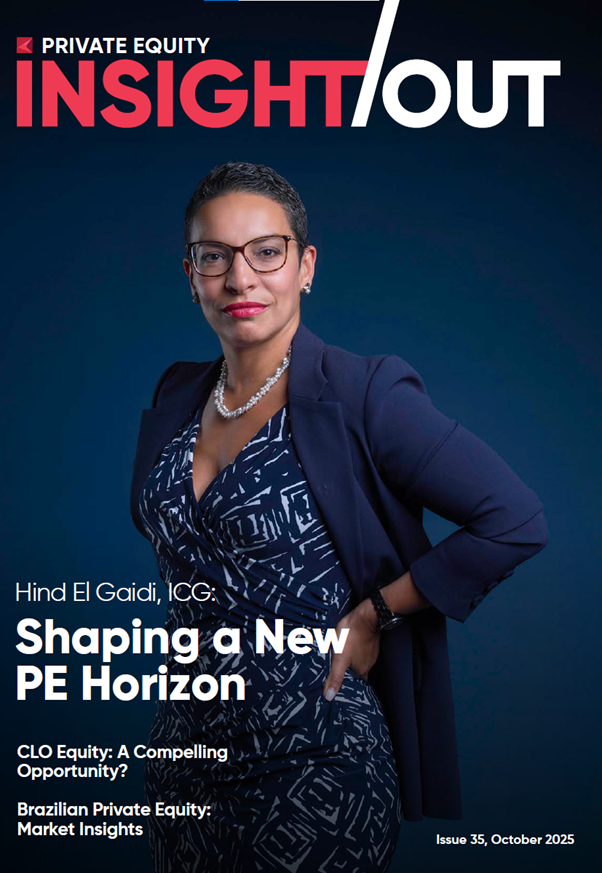Article by Tülin Tokatli, CFA
Founder, Pitch Me First
Raising funds from institutions for venture capital and private equity can be a long and arduous process that may take more than a year to complete. The competition is fierce, with more new players joining the market, and combined with the shortage of experienced analysts to evaluate potential investments adds up to this lengthy process.
To get the attention of deep-pocketed institutional investors, fund managers need both to set themselves apart and be highly prepared in anticipating the needs of institutional investors. Here are some checkpoints to test to your readiness to fundraise:
- Rule of absolute and relative strengths: In absolute, an investor will screen your proposal regardless of other players in the market; are you an adequate team with right skills, i.e. do you have an experience and a proven track record that is relative to your investment strategy, does your team compose of complementing skills with an adequate size, do you have access to quality deal flow, etc.
- In relative terms, the investor will compare you with other players in the market to see what differentiates you from the rest of the pack; how your team is better, how your track record is more successful, or how you plan to co-exist with near peer competitors, etc.
- Market positioning: Venture capital market in Europe is maturing and institutional investors with deep pockets are no longer interested in opportunistic proposals. The focus is on innovative sectors and specialized teams. Deep tech (e.g., space, AI, quantum, blockchain, etc. ), climate change and green energy, life sciences, infrastructure, and social impact are some of the trending sectors. Sector agnostic investing may still work in some of the more underdeveloped regions, such as CEE, but on a pan-European scale, this is an important point to consider.
- Fundraising: One of the most common mistakes GPs make is to approach institutional investors first. Most institutional investors will not invest more than 50% of a fund size, as investing more would result in de facto control over the fund. As a result, you must show that you can at minimum raise the remaining 50%. It is difficult to give a guidance on this in terms of what makes a sensible figure before you approach as the fund size may differ but if you go with empty hands, you come back with empty hands.
By going through the checkpoints mentioned above, you’ll be able to better understand your readiness to fundraise. This, in turn, will help you shape the narrative of your pitch deck ,make it more compelling in anticipation of institutional investors’ needs, and you’ll be one step closer to securing funding.




